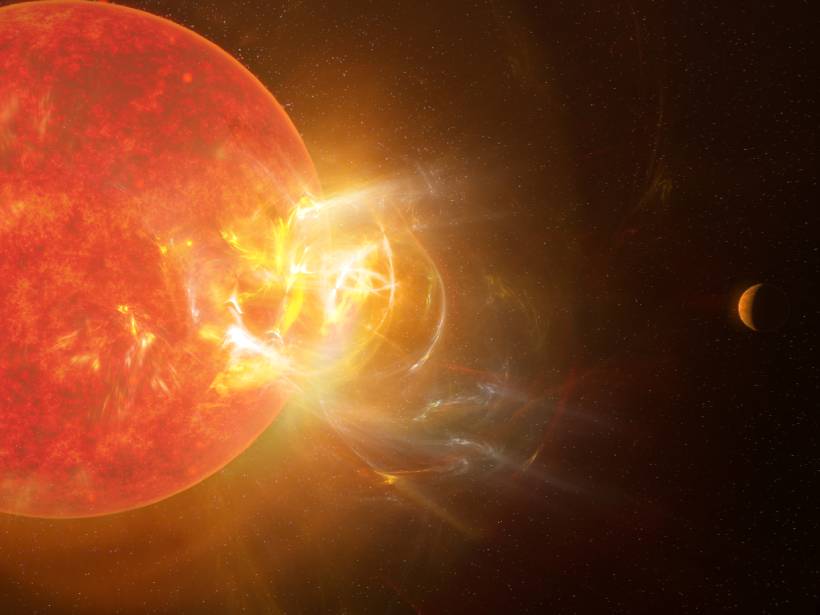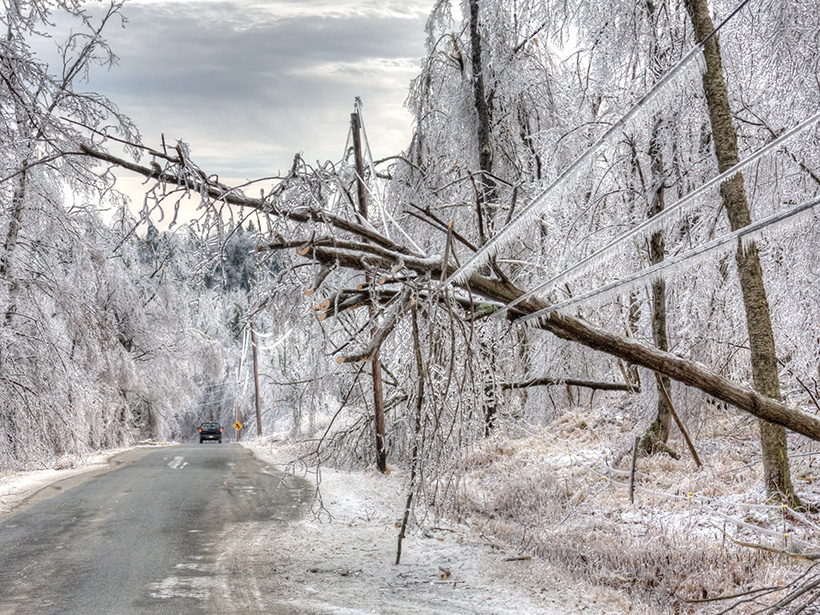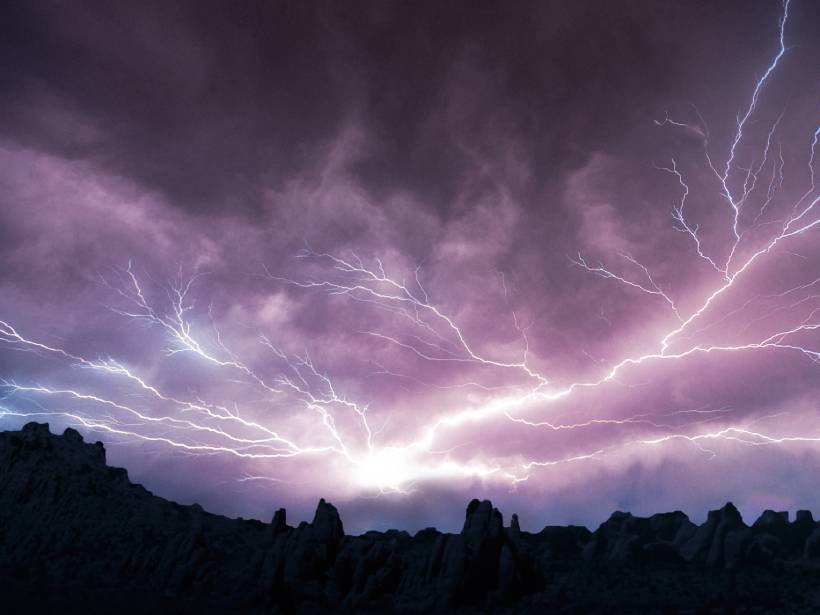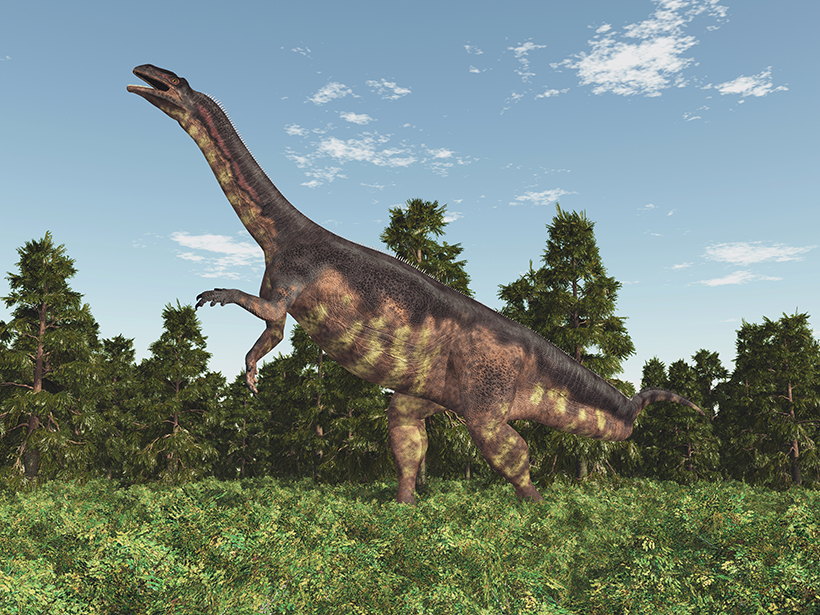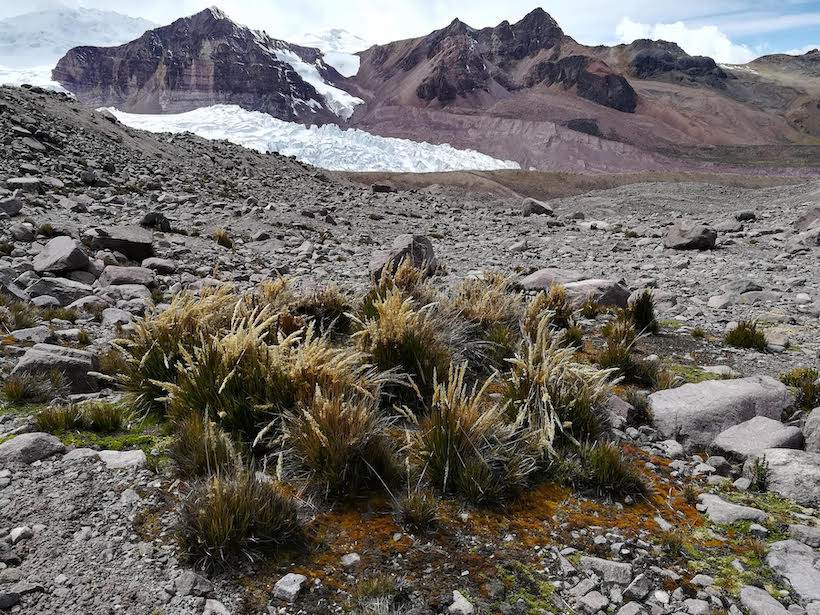Proxima Centauri recently let loose a blast of radiation, and ground- and space-based telescopes detected the record-setting event at wavelengths ranging from radio to the ultraviolet.
Katherine Kornei
Katherine Kornei is a freelance science journalist covering Earth and space science. Her bylines frequently appear in Eos, Science, and The New York Times. Katherine holds a Ph.D. in astronomy from the University of California, Los Angeles.
Laser Flashes Shed Light on a Changing Arctic
An ongoing project in northern Alaska is using pulses of laser light to monitor anthropogenic activity, ice quakes, and marine wildlife.
The Who, What, When, Where, and Why of the Polar Vortex
Here’s a rundown of what this atmospheric phenomenon really is and why it matters.
Ocean Sensors Record Rare Triple Tsunami near New Zealand
A new suite of DART buoys in the South Pacific Ocean spotted waves set in motion by three tsunamigenic earthquakes that occurred within hours of one another.
Rare Wintertime Thunderstorms Recorded over the U.S. Gulf Coast
“Thundersnow”—thunderstorm activity accompanying a winter storm—was spotted near southern Texas earlier this year.
Arctic Lightning Up 300% in One 11-Year Study
The increase may be due to climate change, researchers suggest, but the trend hasn’t been observed in other lightning data sets.
A Dip in Atmospheric Carbon May Have Facilitated Dinosaur Dispersal
Herbivorous dinosaurs migrated north across Pangea beginning about 214 million years ago, coincident with a downturn in atmospheric carbon dioxide levels.
Vicuña Poop Nourishes “Dung Gardens” High in the Andes
The excrement delivers nutrients like phosphorus and nitrogen, kick-starting islands of vegetation at the edge of the cryosphere.
El Monte Everest a veces puede sentirse más bajo que el K2
Las variaciones de la presión atmosférica en la cima del Everest afectan a la disponibilidad de oxígeno, modificando la percepción de la elevación de la cumbre unos cientos de metros.
Auroral “Dunes” Light Up Earth’s Atmosphere
The auroral feature, first spotted by amateur astronomers in 2015, likely traces high-altitude atmospheric waves.

